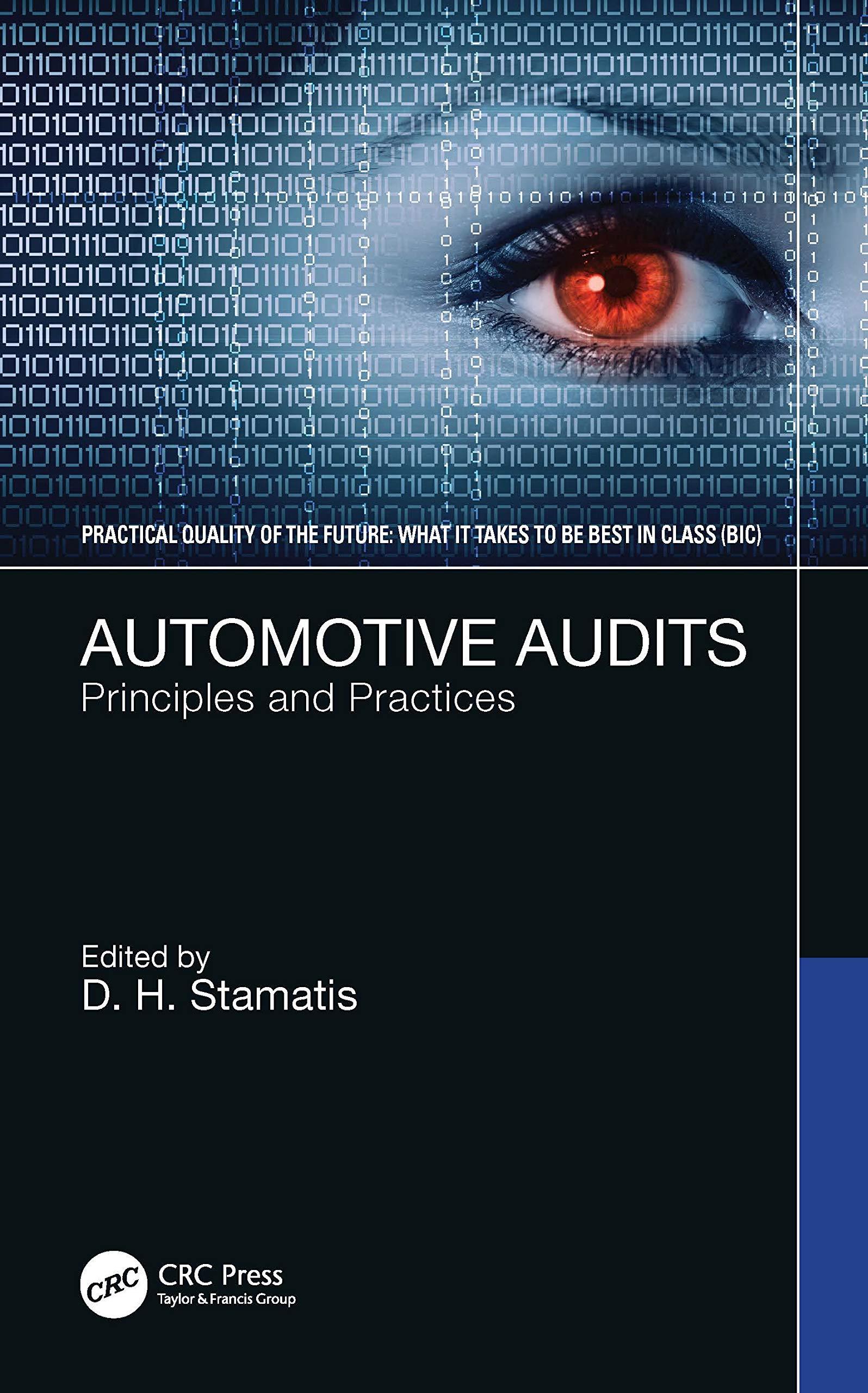Excom manufactures high-end whole home electronic systems. The company provides a one-year warranty for all products sold. The company estimates that the warranty cost is $225 per unit sold and reported a liability for estimated warranty costs $7.8 million at the beginning of this year. If during the current year, the company sold 60,000 units for a total of $243 million and paid warranty claims of $9,000,000 on current and prior year sales what amount of liability would the company report on its balance sheet at the end of the current year? (assume accrual method) a. $2,800,000. b. $4,500,000. c. $12,300,000. d. $13,500,000 1. In accounting for compensated absences, the difference between vested rights and accumulated rights is that a. vested rights are normally for a longer period of employment than are accumulated rights. b. vested rights are not contingent upon an employee's future service C. vested rights are a legal and binding obligation on the company, whereas accumulated rights expire at the end of the accounting period in which they arose d. vested rights carry a stipulated dollar amount that is owed to the employee; accumulated rights do not represent monetary compensation a. An existing situation where certainty exists as to a gain or loss that will be resolved when one or more future events occur or fail to occur An existing situation where uncertainty exists as to possible loss that will be resolved when one or more future events occur c. An existing situation where uncertainty exists as to possible gain or loss that will not be resolved in the foreseeable future. d. An existing situation where uncertainty exists as to possible gain or loss that will be resolved when one or more future events occur or fail to occur 23. On January 1, 2014, Jacobs Company sold property to Dains Company which originally cost Jacobs $1,330,000. There was no established exchange price for this property. Danis gave Jacobs a $2,100,000 zero-interest-bearing note payable in three equal annual installments of $700,000 with the first payment due December 31, 2014. The note has no ready market. The prevailing rate of interest for a note of this type is 10%. The present value of a $2,100,000 note payable in three equal annual installments of $700,000 at a 10% rate of interest is $1,740,900. What is the amount of interest income that should be recognized by Jacobs in 2014, using the effective-interest method? a. $0 b. $70,000 c. $174,090 d. $210,000







